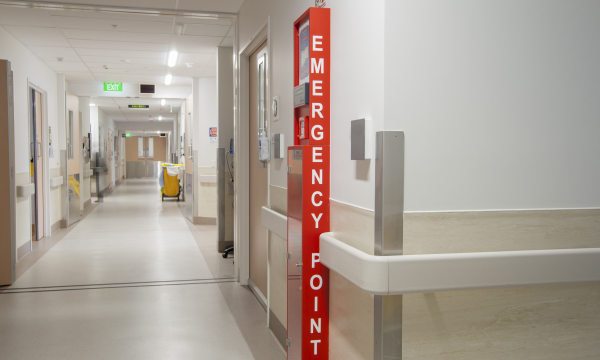A new report commissioned by The George Institute for Global Health estimates that the total annual cost of sepsis in Australia is $4.8 billion.
The report, which was developed by Health Technology Analysts, has been launched to coincide with World Sepsis Day.
Sepsis is the immune system’s response to infections that can originate from bacterial, fungal, or viral sources. It is a time-critical medical emergency that arises when the body’s response starts to damage its own tissues and organs, leading to shock, organ failure and death if not recognised and treated promptly.
Of those who survive, many suffer what is known as 'post-sepsis syndrome' that leaves around half with impaired physical and cognitive function, and for some serious life-long disability.
The total cost of sepsis includes direct annual hospital costs of $700 million. The remaining costs are attributed to lost productivity.
The report says this compares to direct hospital costs of $642 million for breast and lung cancer combined, based on the latest figures from the Australian Institute of Health and Welfare.
The George Institute’s Professor Simon Finfer, past chair of the Council of the International Sepsis Forum, and vice president of the Global Sepsis Alliance Executive, said that just a small reduction in cases could generate millions of dollars in savings.
“Despite the fact that more than 18,000 Australians are treated for sepsis in Intensive Care each year and as many as 5,000 of these will die, awareness is low compared to other conditions that are less costly for hospitals to manage,” he said.
“Given that four in five cases start outside hospital, being able to recognise the point where a seemingly simple infection is developing into life-threatening sepsis is crucial, as accessing the right medical care quickly is vital to minimising the significant long-term consequences.”
“Even in pre-COVID terms, these estimates are conservative given that they don’t include lost productivity due to recovery and rehabilitation time at home following a hospitalisation for sepsis,” said Professor Finfer.
Patients critically ill with COVID-19 also have viral sepsis.
“Our previous research has shown that while six in ten people surveyed had heard of sepsis as a medical condition, less than a quarter anywhere aware of the symptoms,” continued Professor Finfer.
“If we could reduce just a small proportion of cases, the money saved could be put towards improving awareness and recognition, enhancing clinical practice and treatments, and providing post-sepsis support for survivors.”
